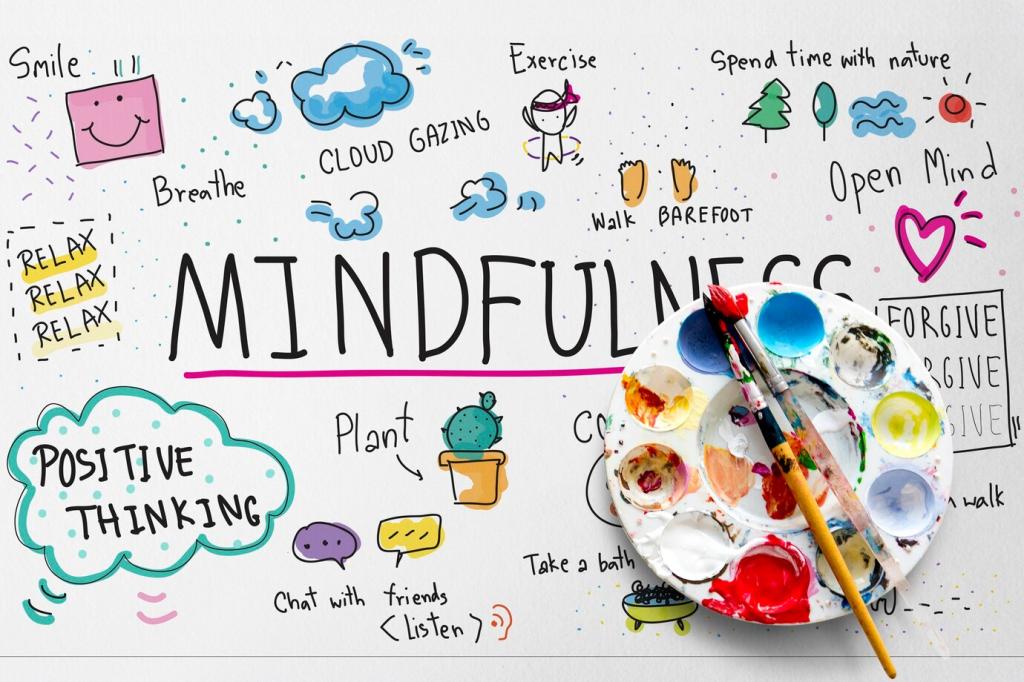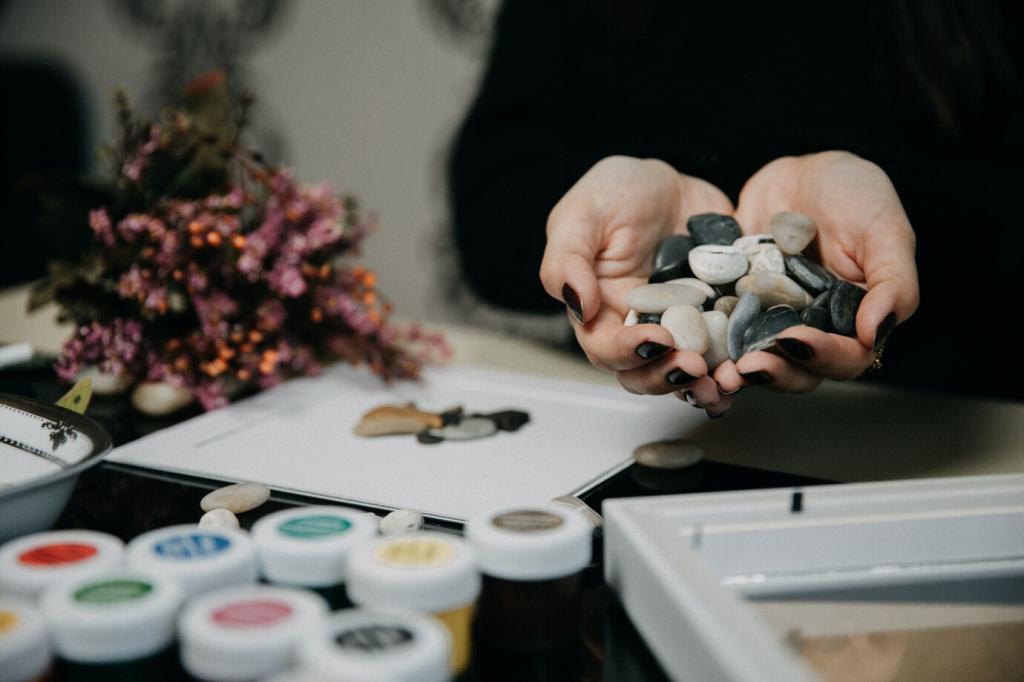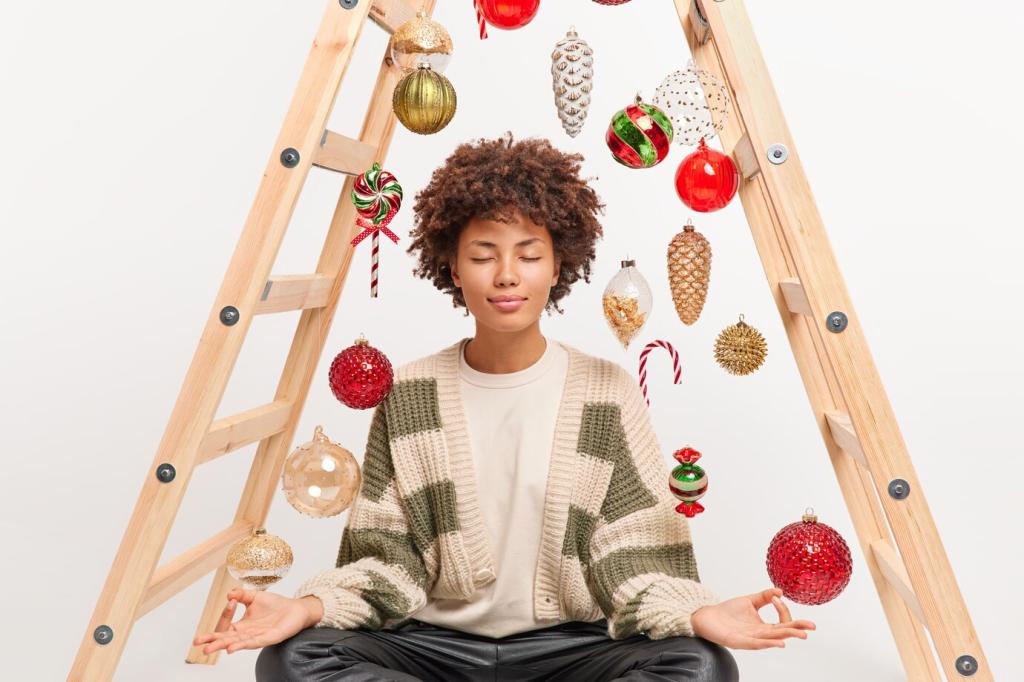
Finding Healing Through Hues: The Power of Color in Art Therapy
Chosen theme: The Power of Color in Art Therapy. Step into a palette-powered journey where pigments become language for feelings, stories, and growth. Explore, reflect, and share your colors with our community—subscribe for fresh, color-centered practices each week.
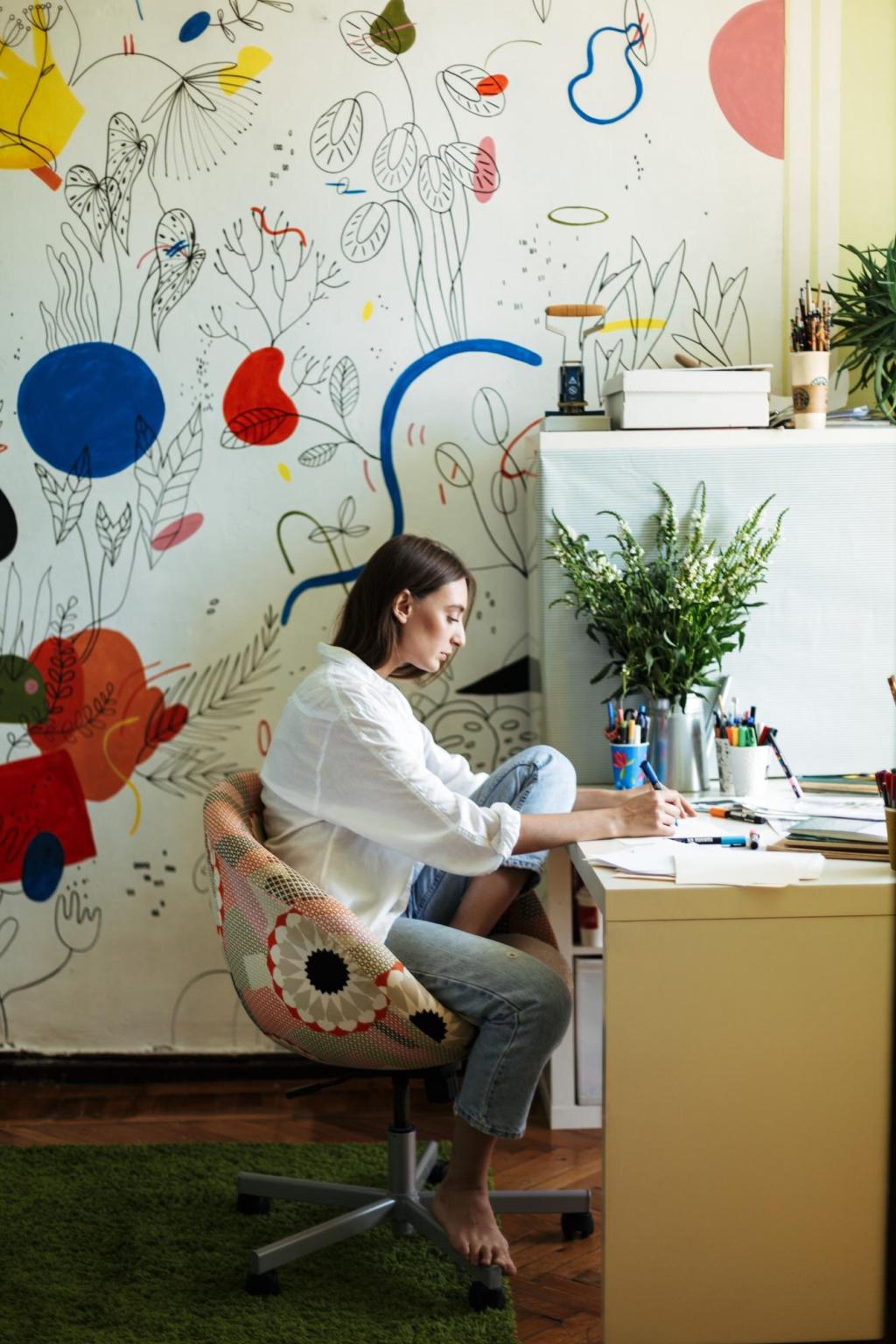
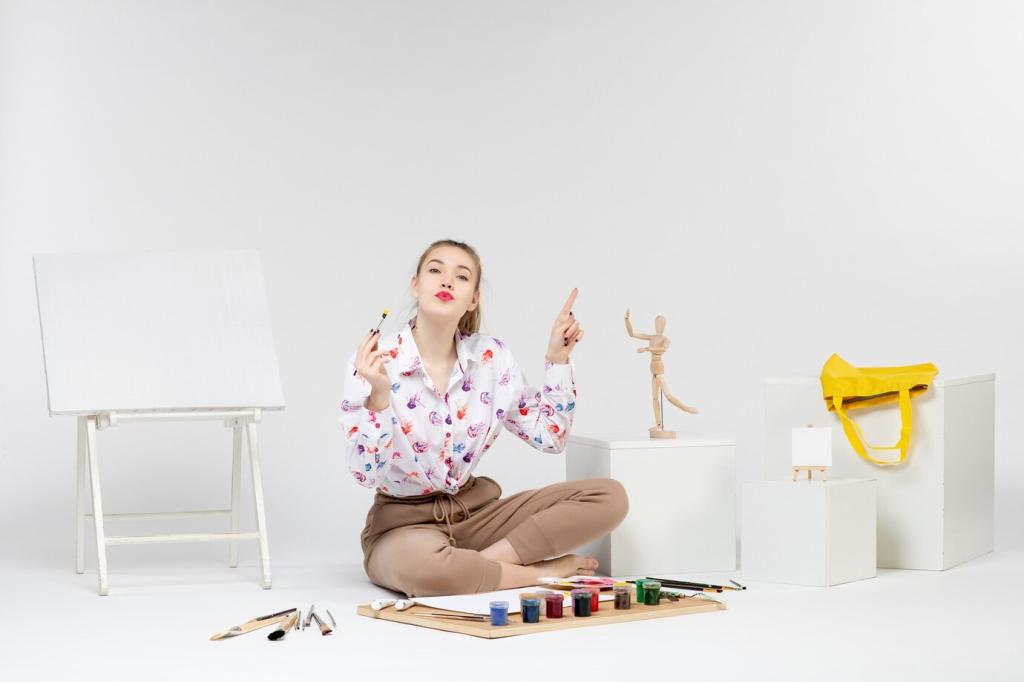
How Color Shapes What We Feel
Warm colors often spark energy like a sunrise, while cool tones soothe like an evening lake. In art therapy, we notice how these emotional temperatures shift our breathing, posture, and thoughts. Try mapping your day in warm–cool gradients, then share what surprised you.
How Color Shapes What We Feel
Color meaning is never one-size-fits-all. White may signal celebration in one culture, mourning in another. Family histories, migration stories, and personal memories continuously repaint meaning. Consider your earliest color memory and its cultural echoes, then comment with the story behind your most cherished hue.
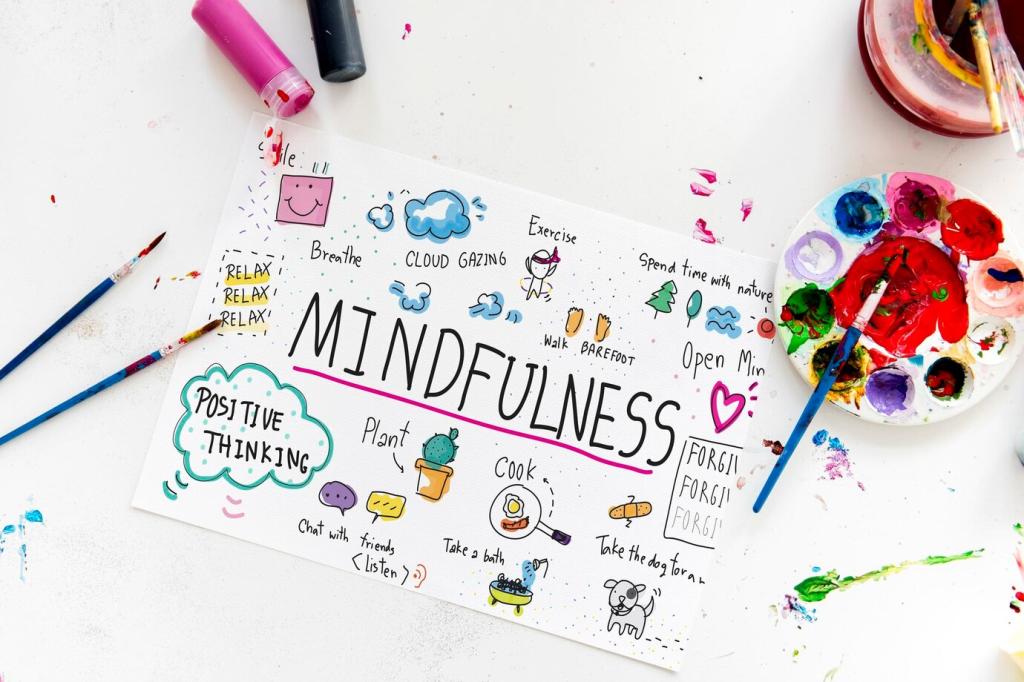
Start a Color Journal Today
Begin with what you have: a pocket watercolor set, colored pencils, or markers. Add thick paper, a small brush, and tape for tidy swatch boxes. Prioritize non-toxic materials and easy cleanup. Snap a photo of your starter palette and share it with our community for encouragement.
Stories from the Studio
During exam stress, a student layered ultramarine washes while timing breaths to brushstrokes. The steady rhythm quieted racing thoughts, and a final indigo glaze felt like closing a soft curtain. Try a five-minute blue wash after your next busy day, then tell us how your body responded.
At-Home Techniques for Color-Centered Healing
Monochrome Mood Painting
Pick one hue and explore tints, shades, and textures for ten minutes. Notice breathing, jaw tension, and pace as the color deepens. Write a short note about what shifted. Share your monochrome piece with three feeling words, and tag a friend to try the same experiment today.
Color Breathing with Soft Pastels
Inhale imagining a supportive color; exhale while smudging that pastel outward in a gentle halo. Move slowly across the page, pairing breath counts with simple shapes. This is not a substitute for therapy, but a supportive practice. Subscribe for an audio guide and community check-ins.
Complementary Contrast Dialogue
Combine color opposites—like blue and orange—on two halves of a page. Let each side speak through marks, then invite cooperation across the boundary line. Ask, When does each color support me. Share a photo of your dialogue and tell us what compromise your colors discovered.
Setting Up a Color-Safe Creative Space
Choose Skin- and Mood-Friendly Materials
Look for non-toxic labels like AP or CE, and keep water, rags, and a small bin nearby. Test pigments on scrap to avoid surprises. If fluorescent colors overwhelm you, start with muted sets. Comment with your favorite gentle brands and any sensitivities our readers should consider.
Light, Sound, and Scent That Support Color Work
Soft, neutral light around 5000K helps colors read truthfully. Lower background noise, add steady rhythms, and try subtle citrus or lavender if scents soothe you. Experiment one variable at a time, then share which combination made your colors feel most honest and your breath most steady.
Digital Palettes vs. Physical Pigments
Tablets offer endless palettes and easy undo; physical media offer texture, resistance, and satisfying mess. Both can foster insight. Mix approaches as your day allows. Recommend your favorite app or brush in the comments, and subscribe for our upcoming guide to hybrid color workflows.
What the Research Says (and What It Doesn’t)
Studies suggest art-making can support emotion regulation and stress reduction, with color affecting arousal and attention in context-dependent ways. Hospitals use color planning to influence comfort. No single hue works for everyone. Want references and summaries. Subscribe for our annotated reading list and discussion threads.
What the Research Says (and What It Doesn’t)
Color can comfort or trigger, depending on history. If strong emotions arise, pause, ground, and consider contacting a licensed art therapist. In crisis, seek immediate support. Practice containment techniques like smaller pages or limited palettes. Share your boundaries so others can learn respectful, sustainable ways to create.
